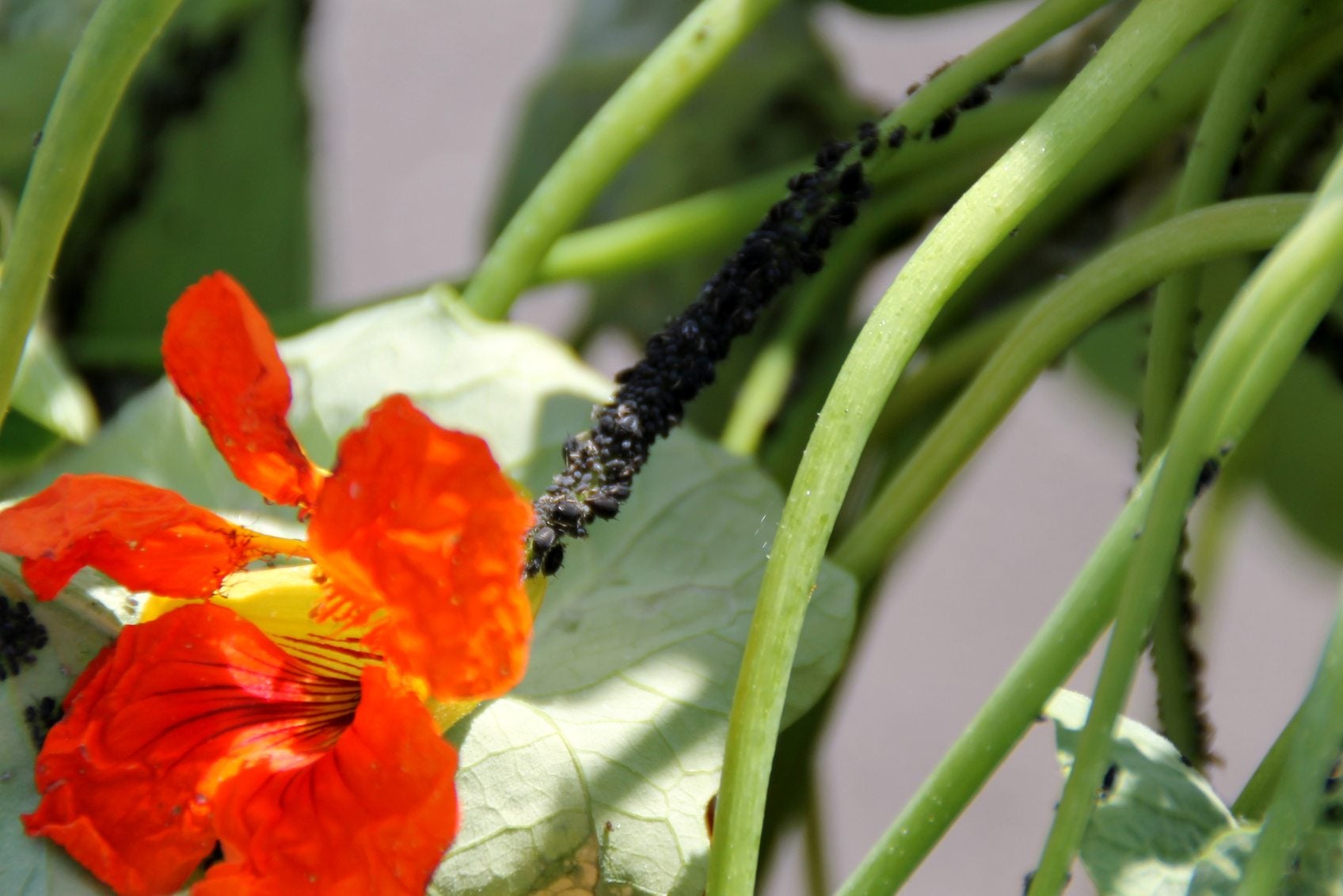Trap Plants For Aphids: Plants That Repel Aphids In The Garden


Among all the insects that can prey on your garden, aphids are some of the most common, and also some of the worst. Not only do they harm your plant and spread easily, but they’re also just plain gross. Fortunately, controlling aphids with plants is an easy and effective practice that anyone can do. Keep reading to learn more about plants that naturally repel aphids as well as trap plants for aphids.
Plants That Naturally Repel Aphids
While some plants seem to draw aphids out of nowhere, there are plenty of plants that repel aphids. These include plants in the allium family, such as garlic, chives, and leeks. Marigolds, known for being able to drive away all kinds of pests, have a scent that keeps aphids far away. Catnip, known for attracting cats, also has a way of repelling most other pests, aphids included. Some other fragrant herbs, such as fennel, dill, and cilantro are also known to deter aphids. Scatter any or all of these plants that repel aphids throughout your garden, planting them especially close to plants that tend to suffer from them.
Trap Plants for Aphids
While there are some plants that naturally repel aphids, some others are known to attract them. These are called trap plants for aphids, and they can be just as useful. They draw aphids away from other, more delicate plants and concentrate them in one place that can be sprayed or just plain removed. Just make sure not to plant them too close to your valuable plants or the aphids might travel. Some good trap plants for aphids are nasturtiums and sunflowers. Sunflowers are so big and strong that they can take a real hit from aphids without suffering any damage.
Sign up for the Gardening Know How newsletter today and receive a free copy of our e-book "How to Grow Delicious Tomatoes".

The only child of a horticulturist and an English teacher, Liz Baessler was destined to become a gardening editor. She has been with Gardening Know how since 2015, and a Senior Editor since 2020. She holds a BA in English from Brandeis University and an MA in English from the University of Geneva, Switzerland. After years of gardening in containers and community garden plots, she finally has a backyard of her own, which she is systematically filling with vegetables and flowers.